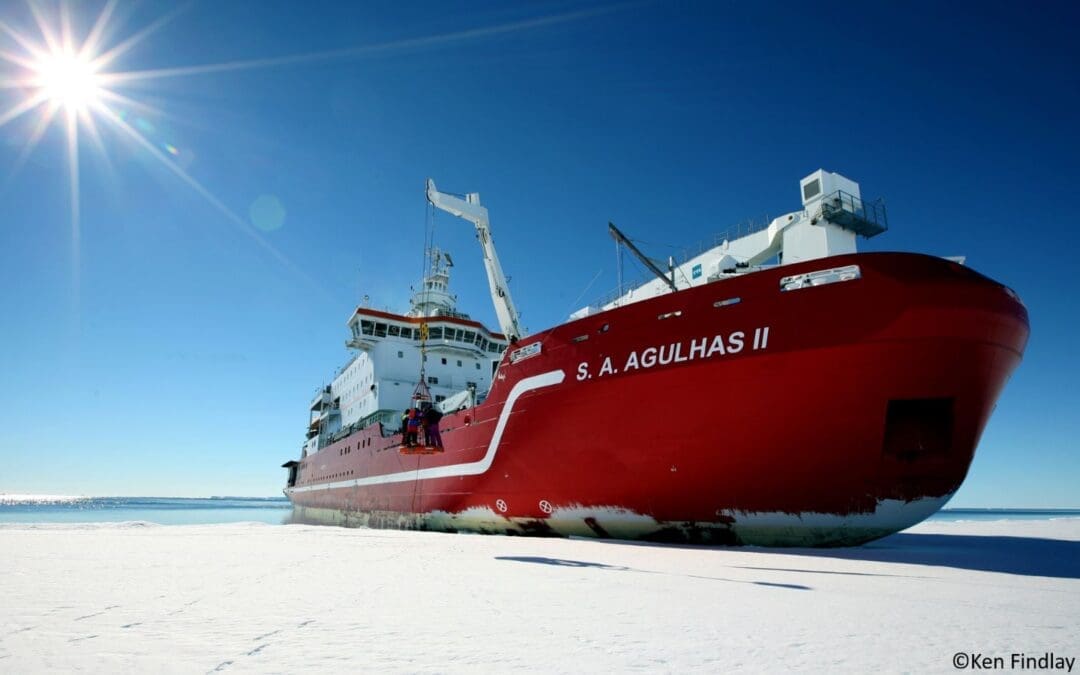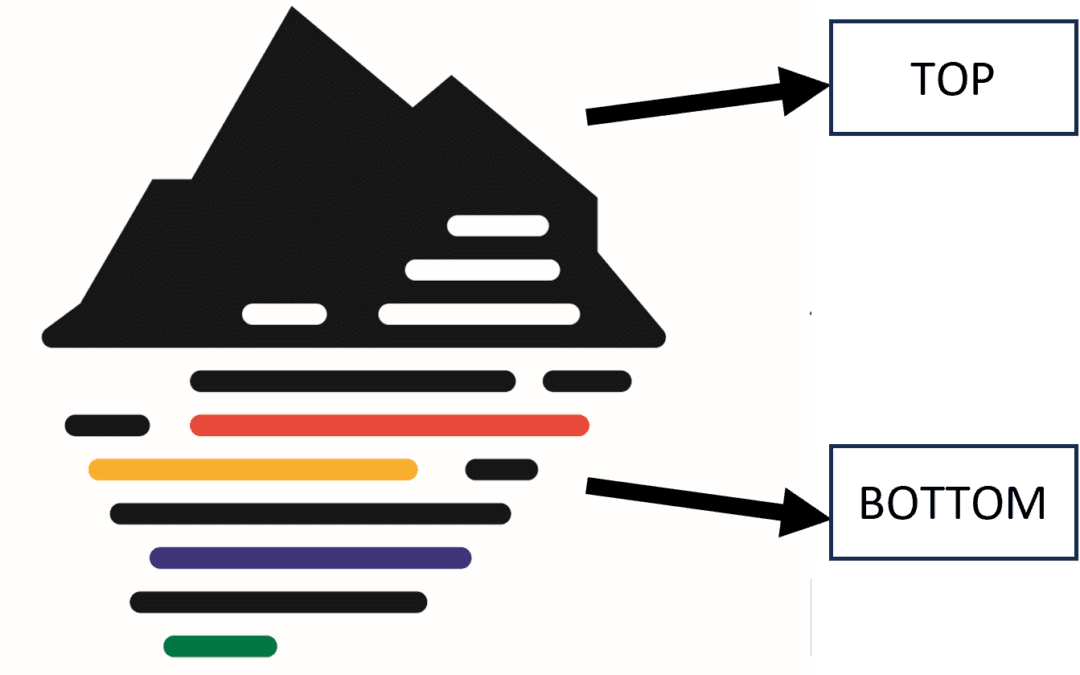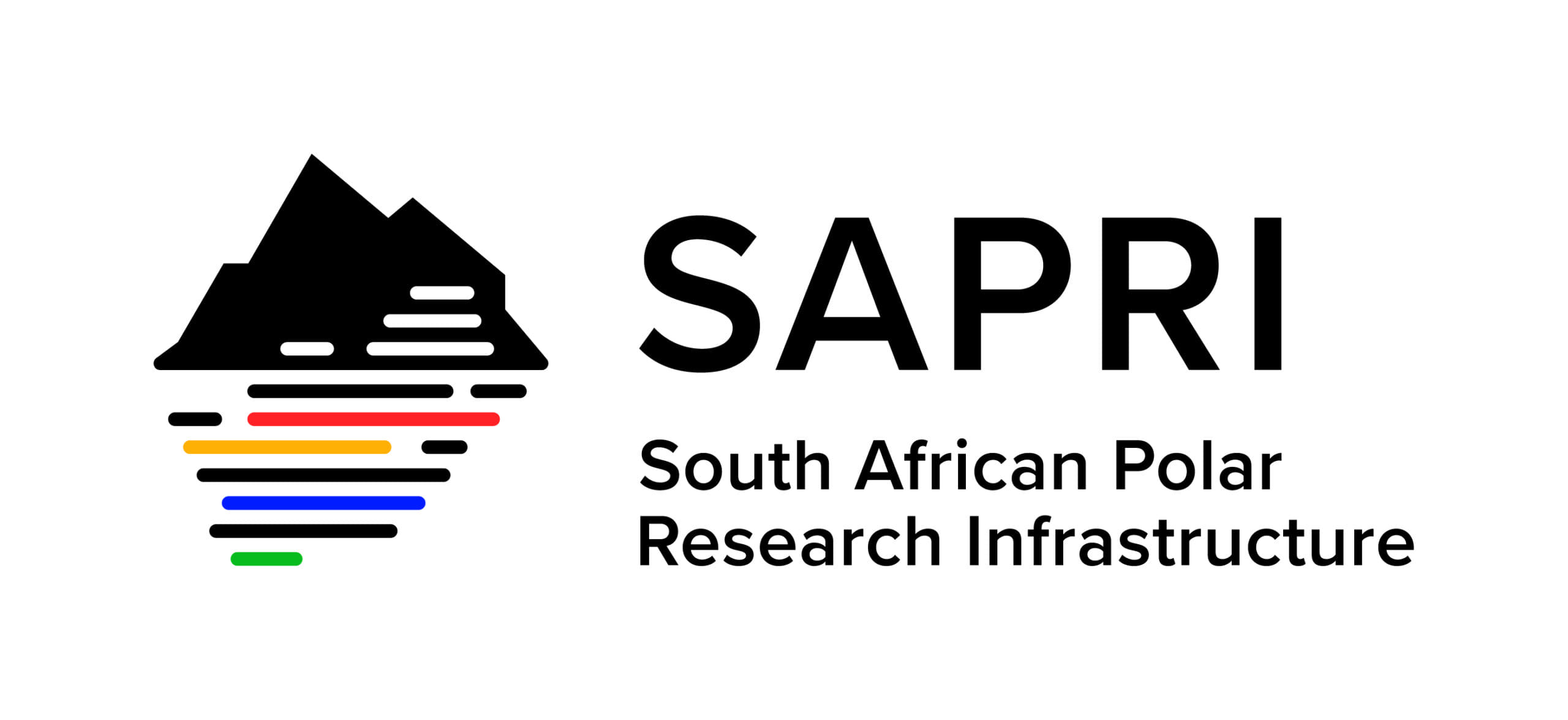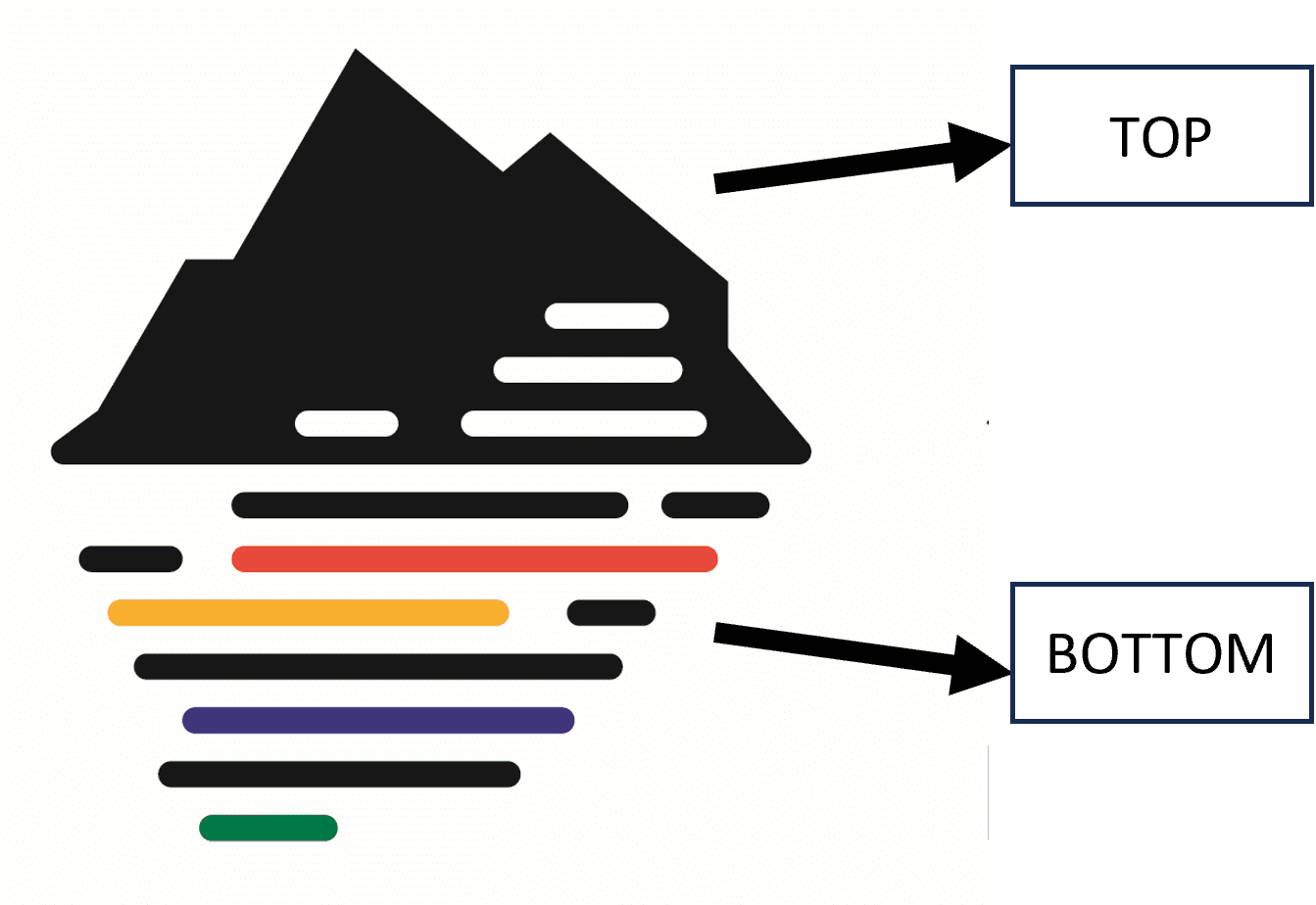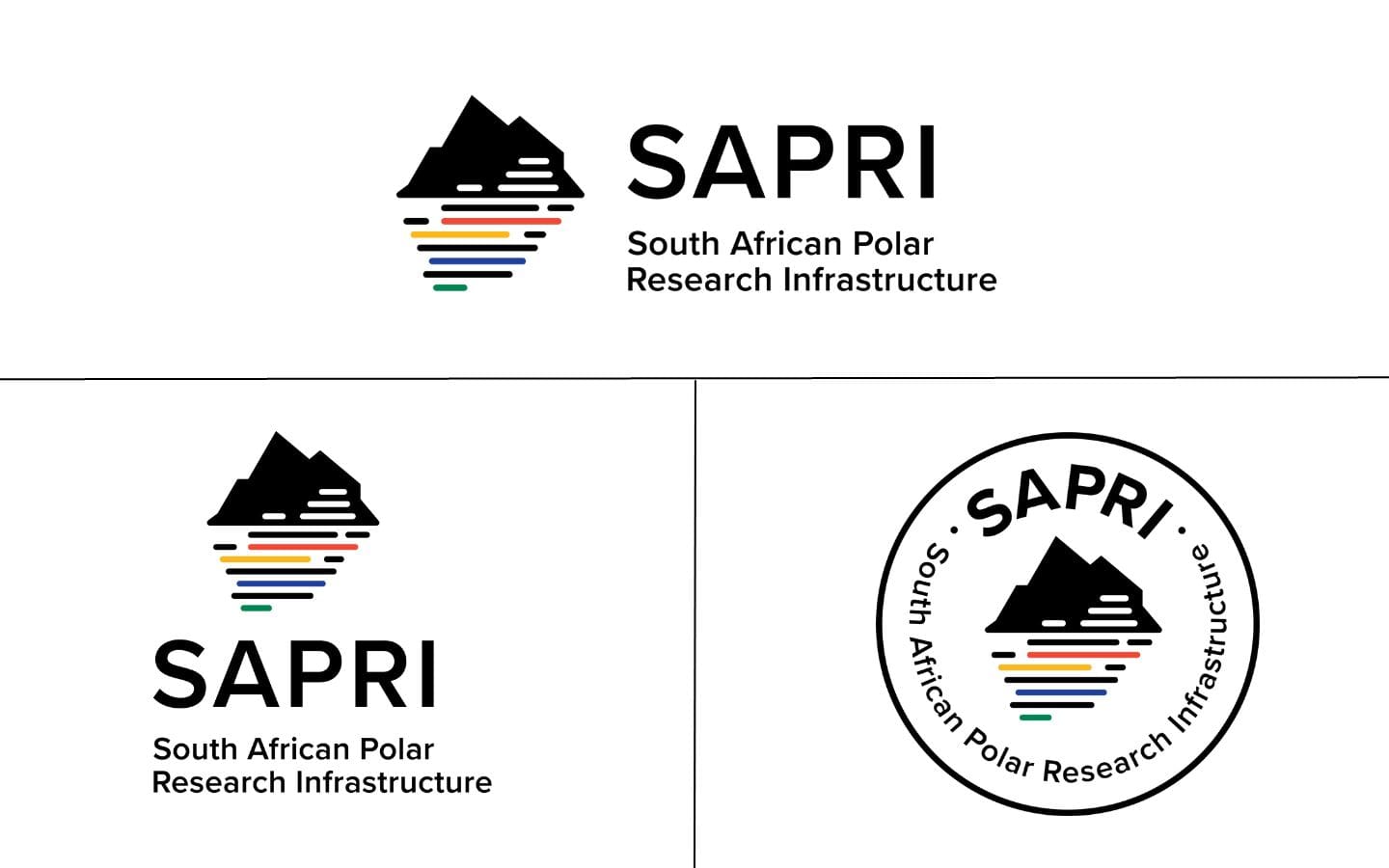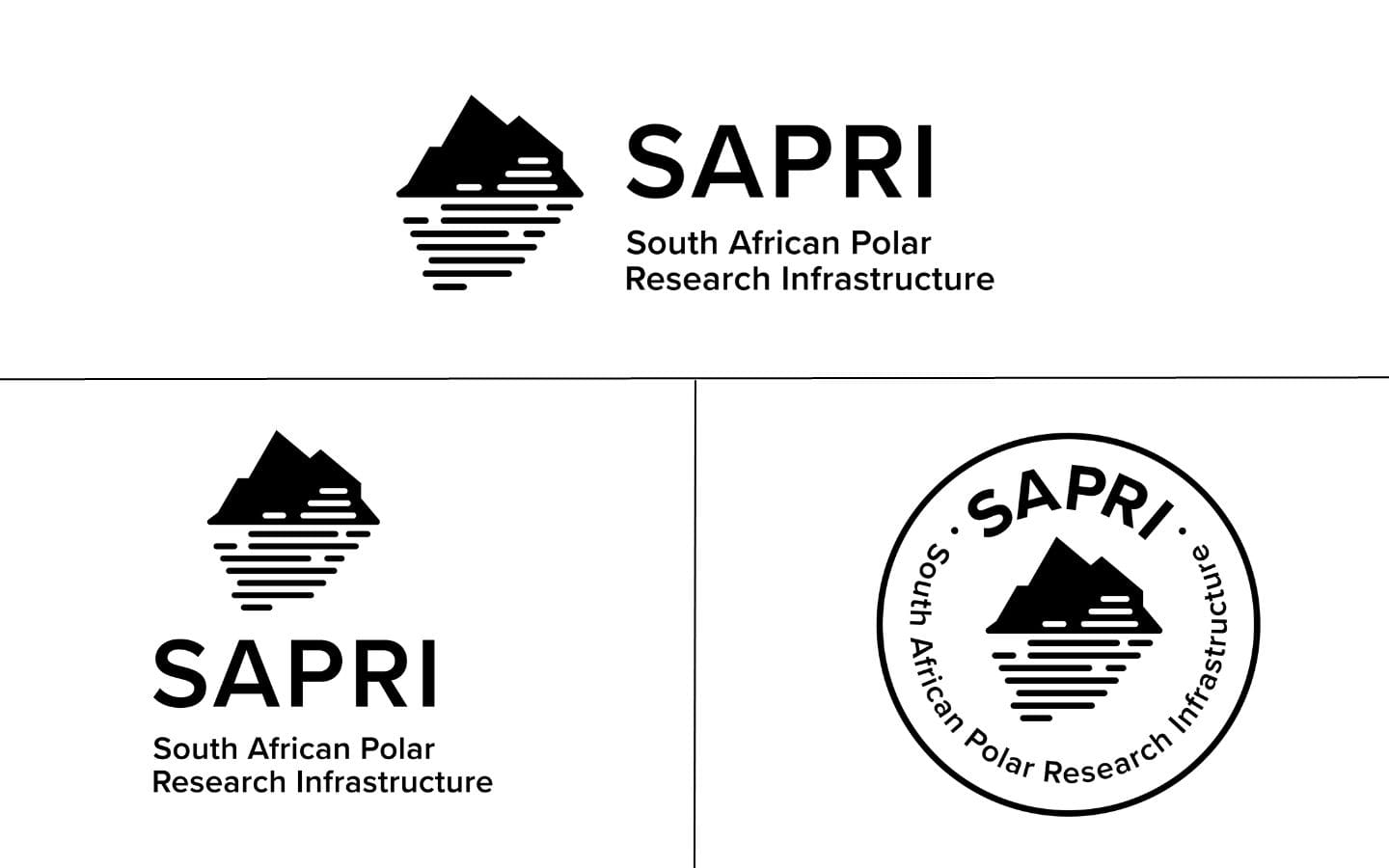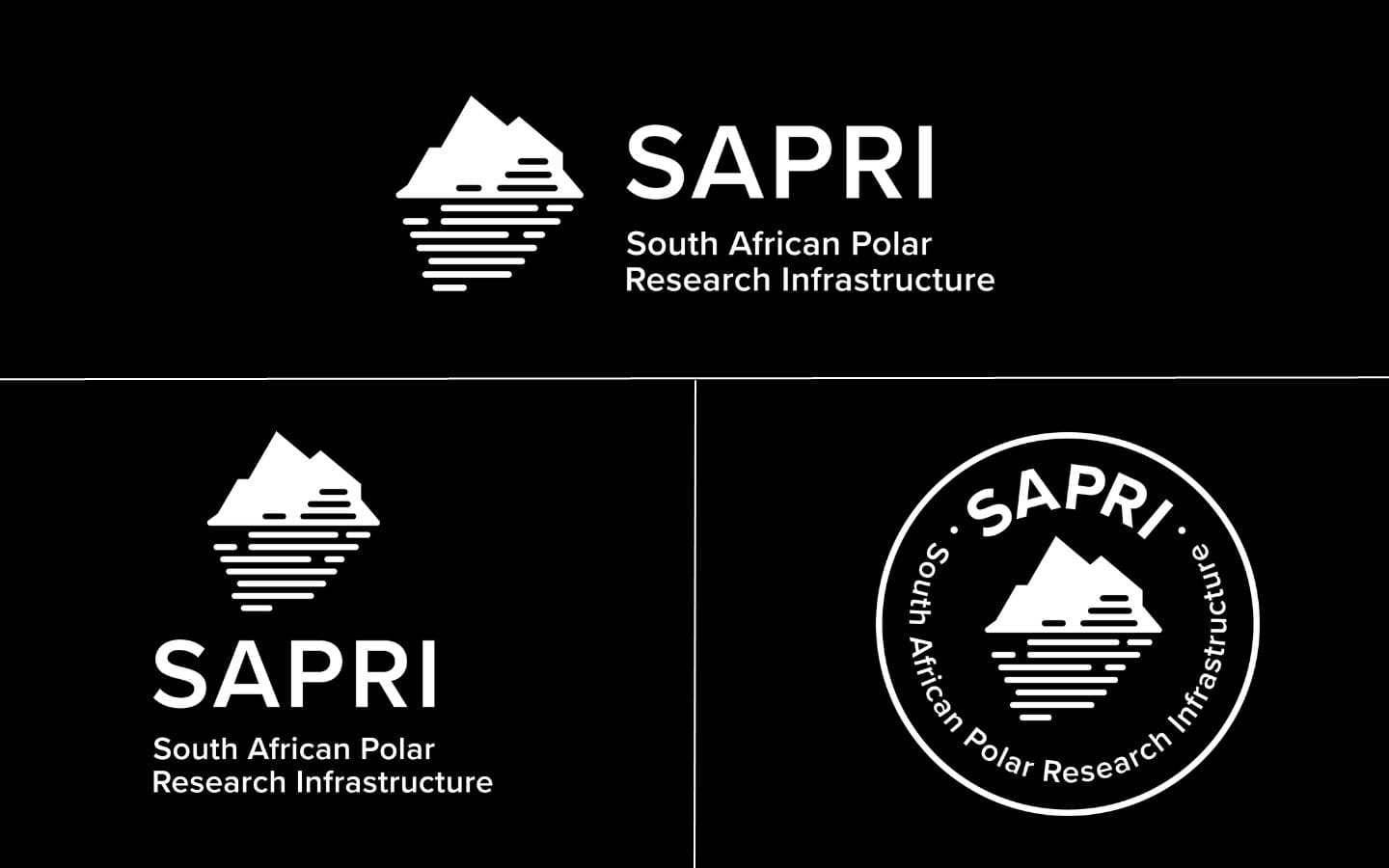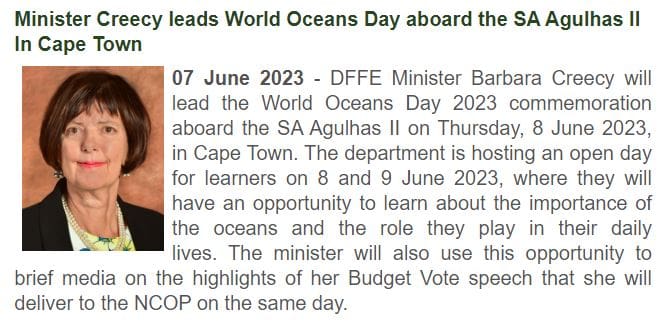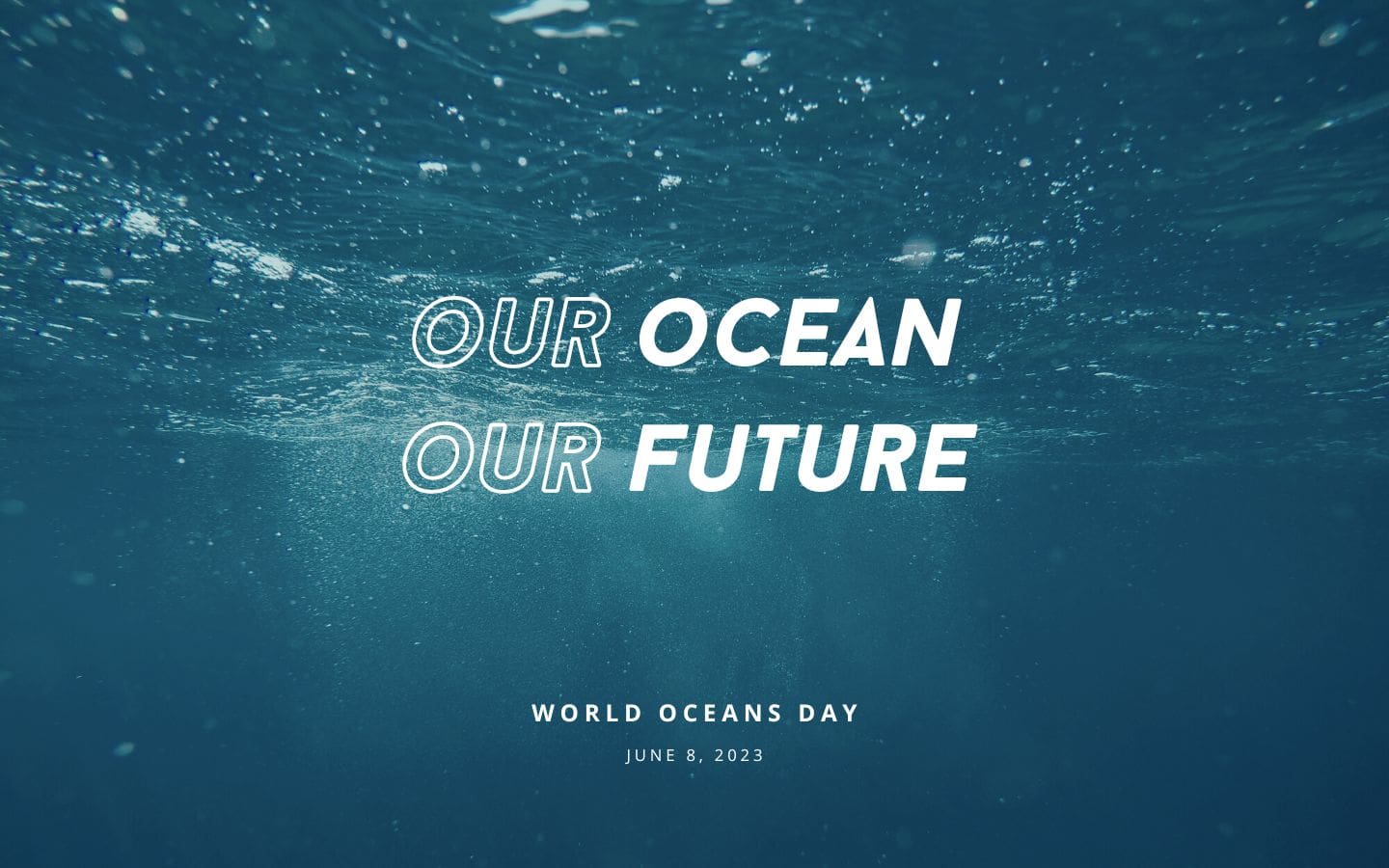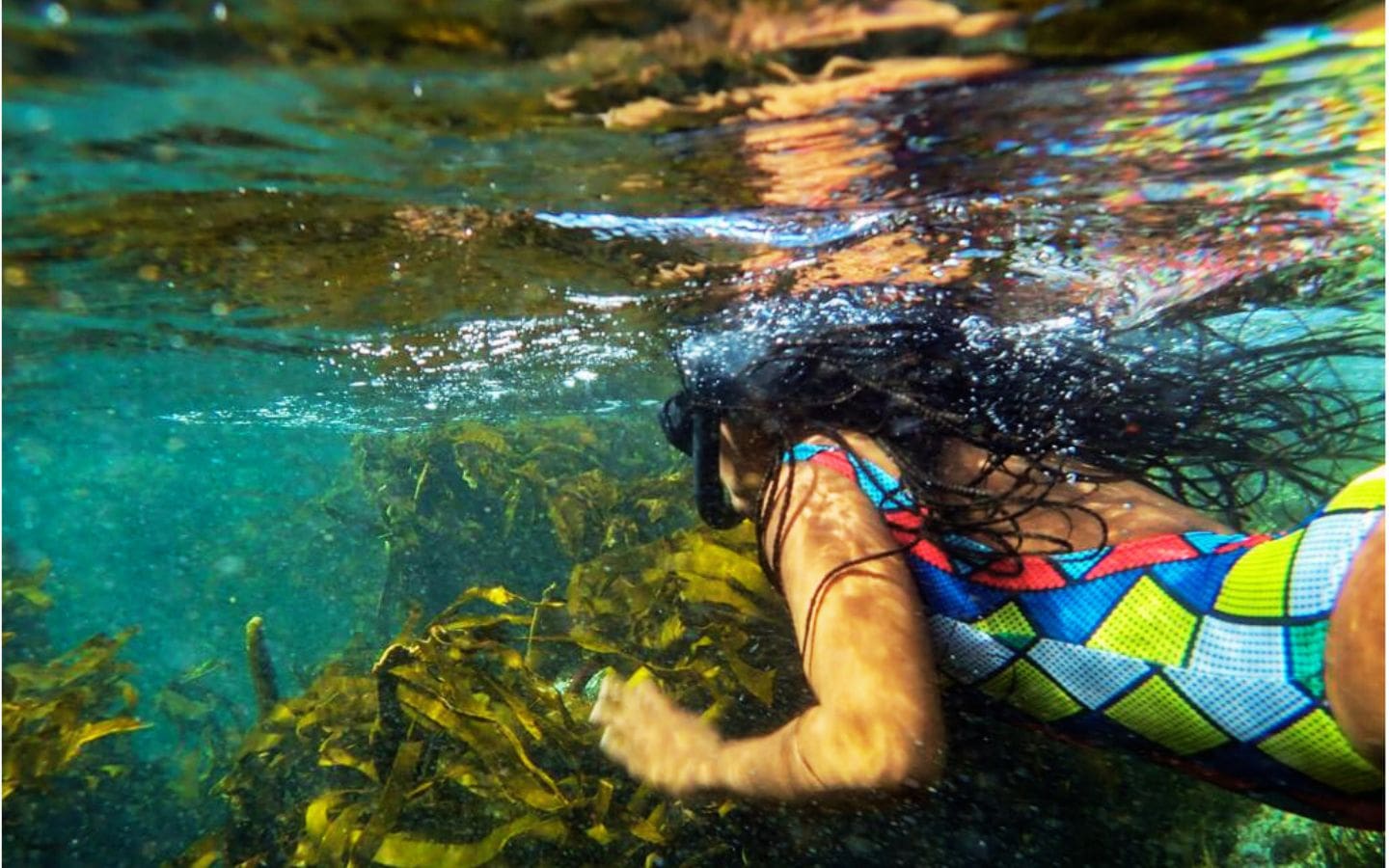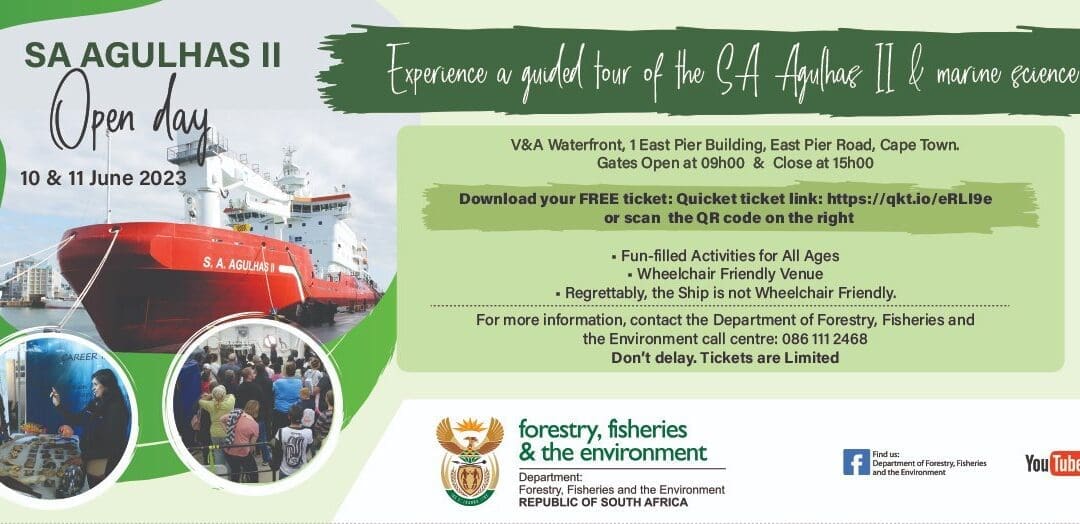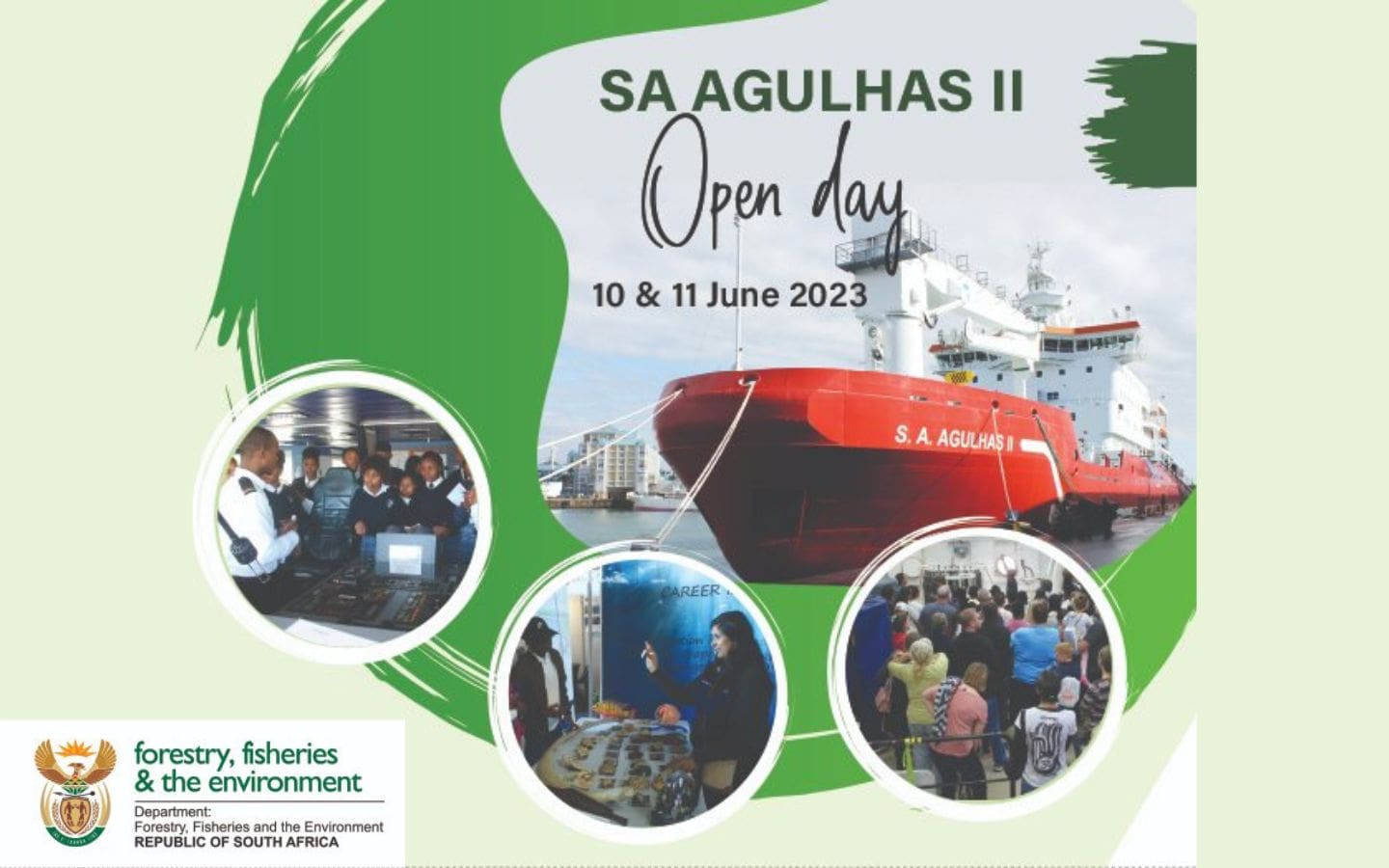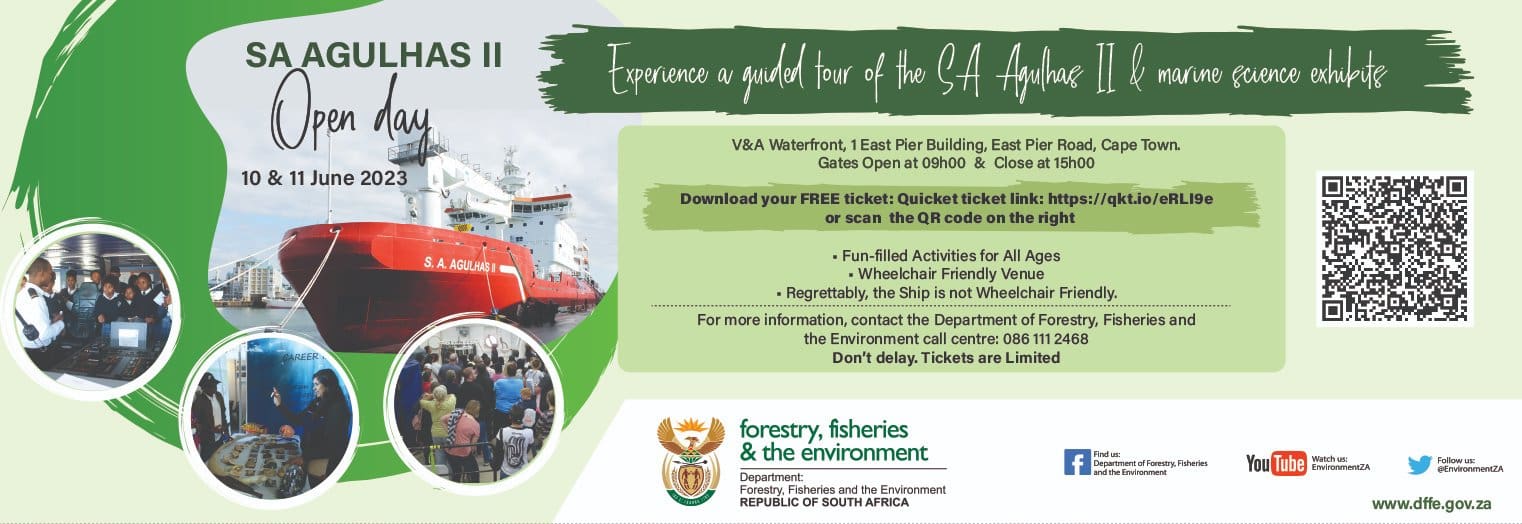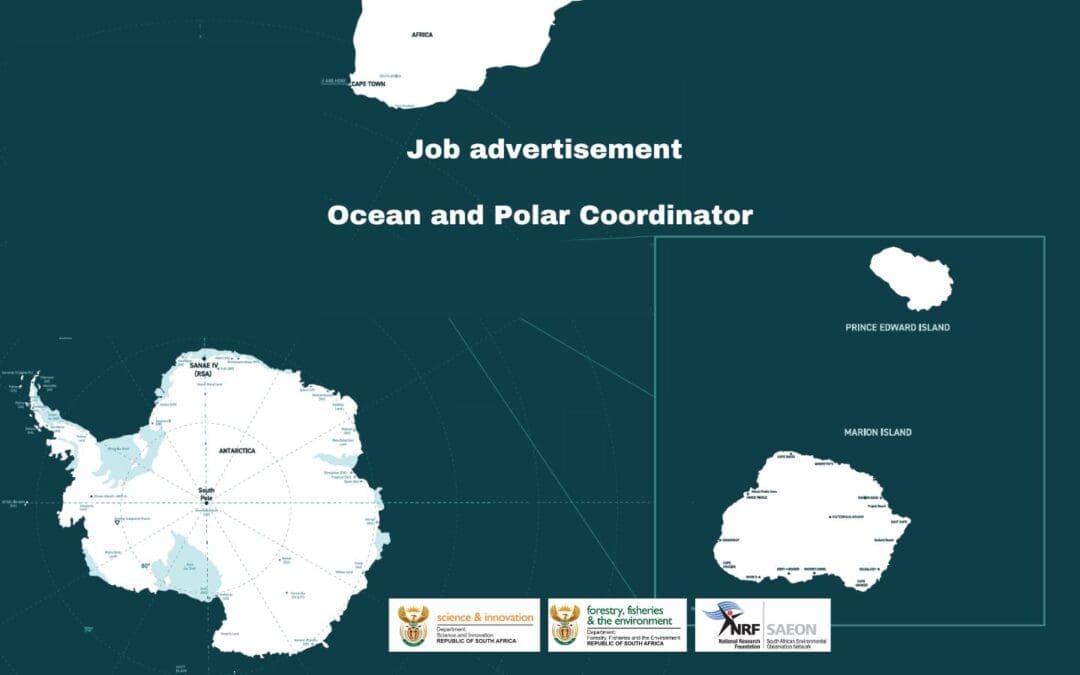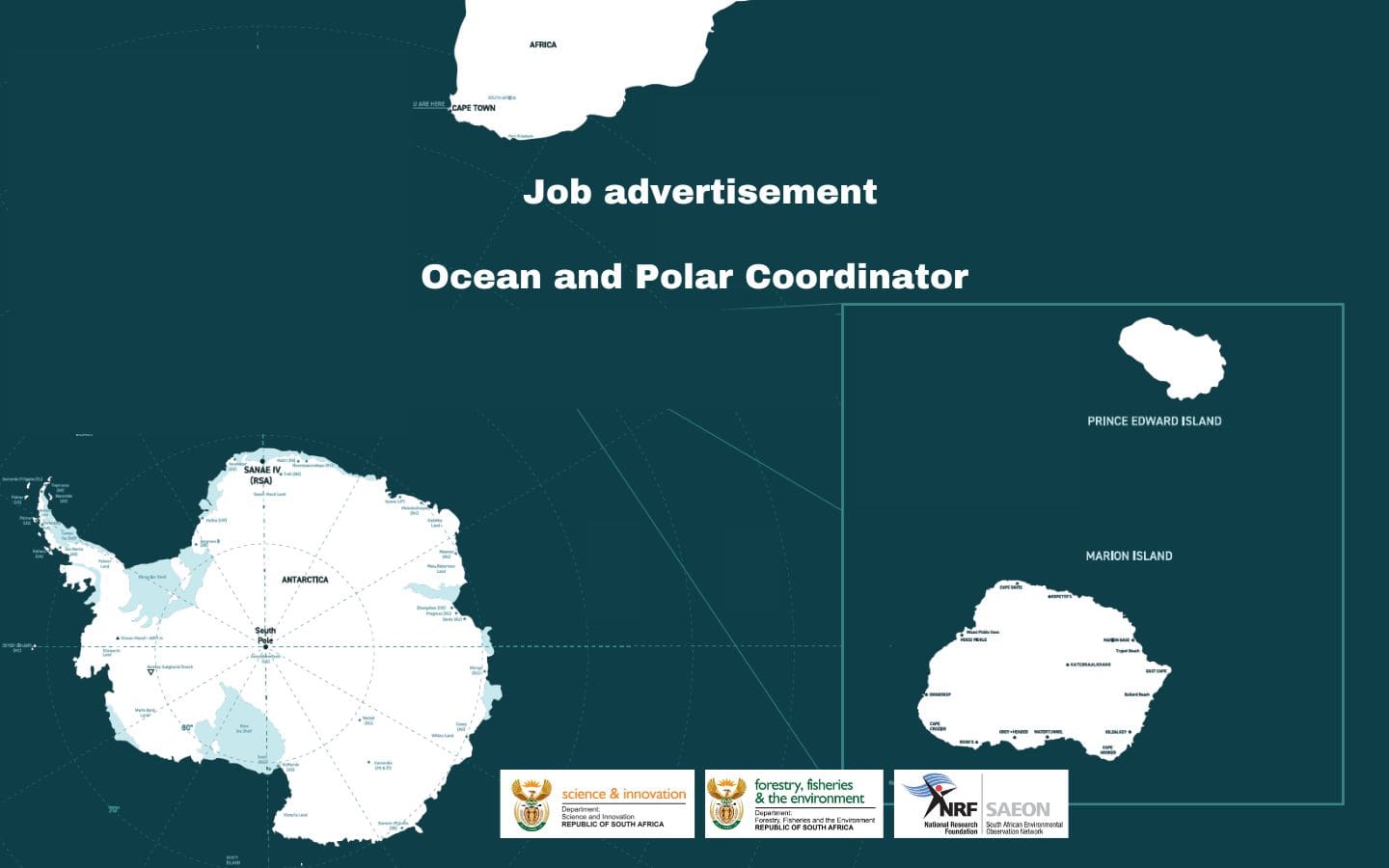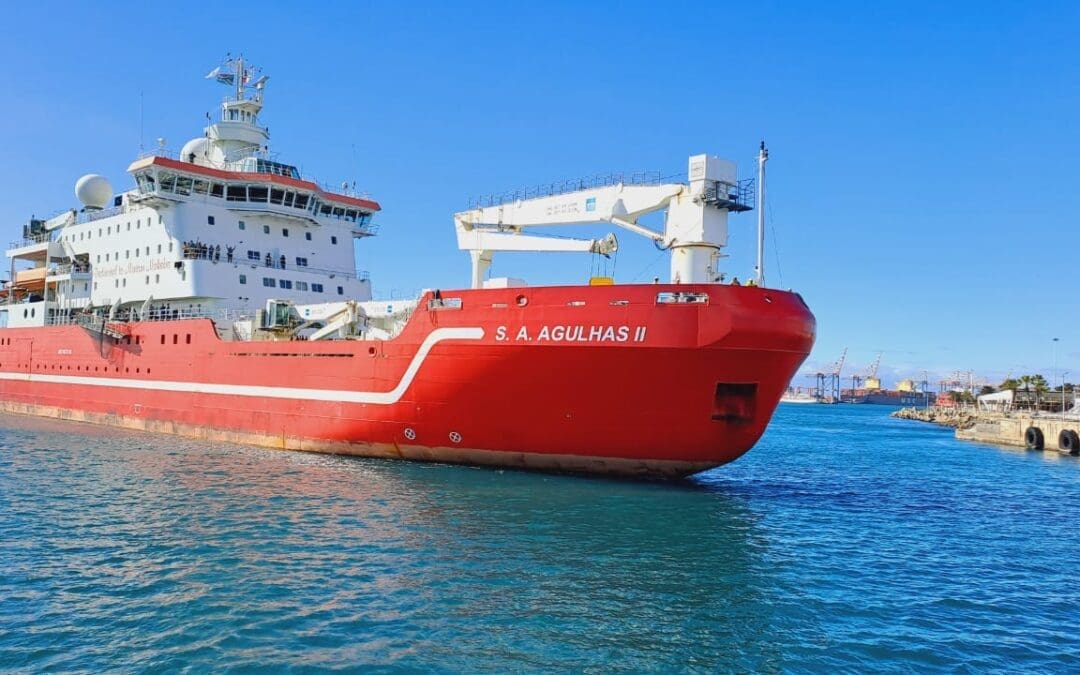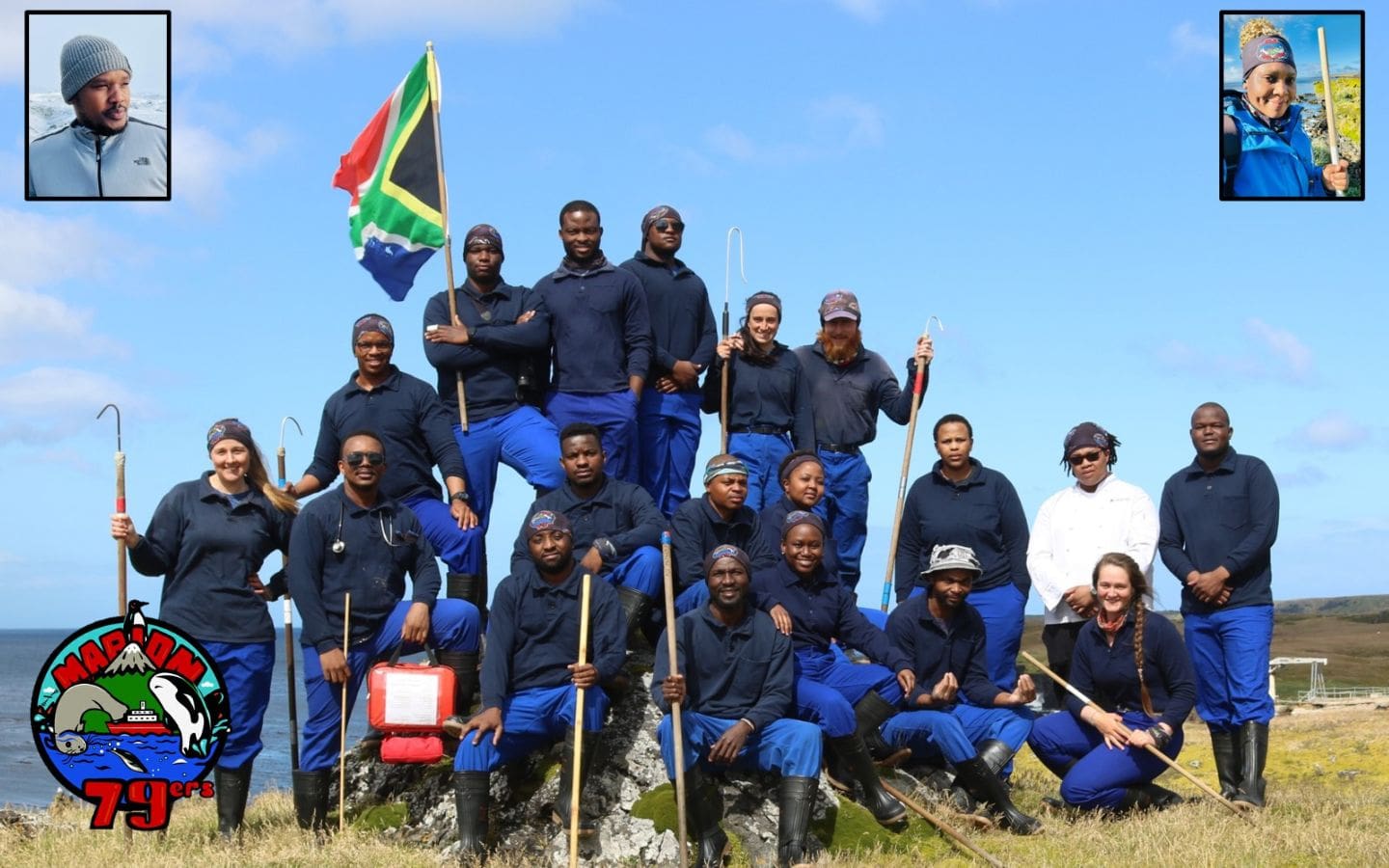
by Ria Olivier | Jul 17, 2023 | Announcement, Antarctica, Gough Island, Marion Island, Prince Edward Island, Prince Edward Islands, Research, SA Agulhas II, SA Polar Research Infrastructure, SANAP, SAPolarRI, SAPRI, Science, Southern Ocean, Stations, STEM, sub-Antarctic
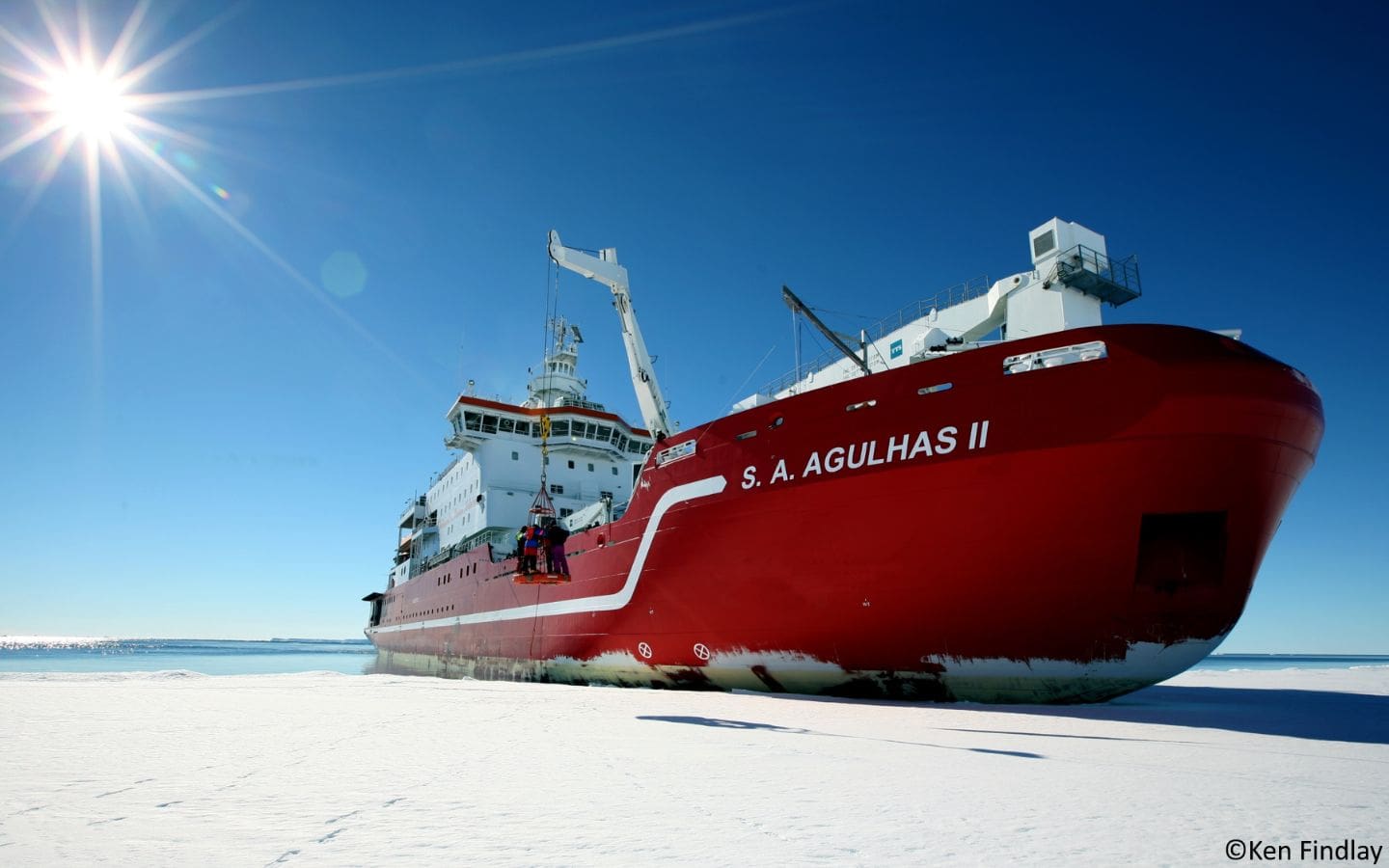
In 2015, The Department of Science and Technology (DST) facilitated the first dedicated oceanographic winter expedition on the S.A. Agulhas II from 23 July – 14 August 2015. The success of this expedition and others that followed demonstrated the need expressed by the wider marine and Southern Ocean research community and has prompted the DSI to secure funds for additional dedicated research expeditions in 2024, 2025 and 2026. The number of dedicated research expeditions will depend on the need expressed and the funding available. The core objective is to develop a comprehensive marine and Antarctic research expedition plan for 2024-2026, underpinned by the Marine and Antarctic Research Strategy (MARS) and contributing to the United Nations Decade of Ocean Sciences for sustainable development. These dedicated research expeditions will not only encompass oceanography but will provide research opportunities for marine-related and South African National Antarctic Programme (SANAP) –related research.
MARS was developed to provide a platform from which to coordinate marine and Antarctic research. The assumption is that improved coordination of a currently fragmented science system will improve returns on investment. Structured planning and a guided strategic focus will maximize human capital development and bring South Africa to the international forefront of knowledge production in these research areas. From this will follow innovation, increased international influence, and ultimately, economic growth.
The NRF and the South African Polar Research Infrastructure (SAPRI) have been tasked with coordinating various activities that will feed into improved planning and coordinating of marine and Antarctic research activities. As such, the NRF together with SAPRI would like to maximise on the opportunities for dedicated expeditions based on research community needs to enable long-term planning for expeditions, including sourcing funding for such expeditions. Dedicated expeditions may be implemented in periods where the S.A. Agulhas II is available. The schedule for the annual relief voyages indicate periods when the S.A. Agulhas II is not available (relief voyages for Antarctica, Marion Island and Gough Island). The direction (expedition transects), duration (including number and types of stations) and research focus of each dedicated research expedition would then be decided on by the DSI, together with the NRF, based on such variables as proposed participation, research area alignment, MARS theme alignment, contribution to the Ocean Decade and overall return on investment (data collection and capacity development.). To this end, SAPRI can support the costs of any in person meetings required to discuss collaborative research expeditions.
It should be noted that the attached annexure may change depending on the activities of the Department of Forestry, Fisheries, and the Environment (DFFE). For example, an emergency may require DFFE to deploy the S.A. Agulhas II to enable the Department of Public Works to do building maintenance and repairs at any of the three bases. As such, all potential dedicated expeditions will need to be approved by the DFFE before final planning can begin.
Please complete the template and return to tj.klarenbeek@risa.nrf.ac.za no later than 15 August 2023. The completed templates will give an indication of research community demand. More detailed research plans will be requested hereafter.
Expression of interest – dedicated S.A. Agulhas II voyages
Text: Expression of interest, Participation in dedicated research expeditions 2024, 2025, 2026. Tracy Klarenbeek, Director: Knowledge Advancement and Support (KAS), National Research Foundation (NRF), Research Innovation Support and Advancement (RISA).

by Ria Olivier | Jul 12, 2023 | Announcement, Antarctica, Gough Island, Marion Island, News, Research, SA Agulhas II, SA Polar Research Infrastructure, SAPolarRI, SAPRI, Science, Southern Ocean, Stations, sub-Antarctic

The South African Polar Research Infrastructure (SAPRI) is getting a corporate identity (CI).
The South African Polar Research Infrastructure (SAPRI) is one of 13 large Research Infrastructures (RIs) developed by the Department of Science and Innovation (DSI) as part of the South African Research Infrastructure Roadmap (SARIR).
The SAPRI was established in 2021 to ensure coordination of South African marine and Antarctic research as a national Big Science programme, providing seamless access to existing and new research infrastructure required to develop and enhance long-term observations of South Africa’s polar region.
The ultimate objective of SAPRI is to enable balanced research growth across the polar disciplines, and to maintain and further expand the world-class long-term observational datasets already established.
The SAPRI is designed as a consortium hosted at the South African Environmental Observation Network (SAEON), a long-term environmental observation and research facility of the National Research Foundation (NRF).
The SAPRI logo
The first step of the SAPRI CI was the design of a logo. The CI vendor has worked with a somewhat complicated brief, making sure that the CI is inclusive of marine and polar (land and sea), not focusing on one specific aspect within SAPRI.
The brief furthermore included:
- Transforming, strengthening and consolidating SA’s marine and polar sciences.
- Recognisable, professional and accessible.
- Pride in SA’s involvement in marine and polar research.
SAPRI logo rationale:
 The graphic element in this logo is a representation of SAPRI’s infrastructural support to research on both land and at sea.
The graphic element in this logo is a representation of SAPRI’s infrastructural support to research on both land and at sea.
While the top part is representative of land features of Antarctica and sub-Antarctic islands (e.g. ice, mountain), the bottom section represents water, or the ocean, as well as the shape of South Africa as seen on a map. In addition, the simplistic lines used to form the water is a rudimentary representation of data and the continuity of research.
To make for a versatile logo, transferable to different materials and backgrounds, various modifications can be used.
 The main logo will have the colours of the South African flag incorporated.
The main logo will have the colours of the South African flag incorporated.
Full colour versions (horizontal, vertical or in a circle):

Black versions (horizontal, vertical or in a circle):

White versions (horizontal, vertical or in a circle) – to be used on a full colour backgrounds:

Read more about SAPRI here.
Note that the SAPRI website is currently in the design and development phase.
Anche Louw, South African Polar Research Infrastructure (SAPRI DPS Node), 12 July 2023

by Rabia Mathakutha | Jun 8, 2023 | Announcement, Antarctica, Commemorative Days, Current Event, Discover, Environment, Important Dates, International Days, Marine Protected Area, Oceanography, SA Agulhas II

Preserving our precious marine ecosystems
Every year on the 8th of June, the world comes together to celebrate World Oceans Day, a global event dedicated to honouring and protecting our vast marine environments. This special day serves as a reminder of the significant role oceans play in sustaining life on Earth and the urgent need to conserve and restore their health. With over 70% of our planet covered by oceans, it is crucial to recognise the immense value they hold and take action to safeguard their future.
World Oceans Day is a day to appreciate the abundant biodiversity that thrives in these waters and reflect on the numerous benefits oceans provide, such as climate regulation, food security, and economic resources.
Event of interest on 8 June 2023
Significance of World Oceans Day
The delicate marine ecosystems face numerous threats, including pollution, overfishing, habitat destruction, and climate change. World Oceans Day emphasises the need to protect and restore these ecosystems through sustainable practices.
Promoting conservation efforts
What can you do?
Individuals can participate by organising or joining local beach cleanups, where they can help remove litter and prevent it from reaching the oceans. By minimising the use of single-use plastics and making environmentally conscious choices, individuals can also contribute to reducing pollution in our oceans.

Recreational diving with a purpose. Cleaning the ocean one dive at a time. Image credit: Thando Mazomba.
Take-home message
World Oceans Day is an annual celebration that reminds us of the vital role oceans play in sustaining life on Earth. It urges us to recognise the urgent need to protect and restore marine ecosystems through sustainable practices, education, and policy changes. By coming together on this special day, we can create a collective voice for ocean conservation and work towards a future where our oceans thrive, benefiting both present and future generations. Let us celebrate World Oceans Day and commit to preserving the precious wonders of the deep blue.
On social media
Rabia Mathakutha & Anche Louw, South African Polar Research Infrastructure (SAPRI DPS Node), 08 June 2023

by Ria Olivier | May 25, 2023 | Announcement, Discover, News, Research, SA Agulhas II, SANAP, Science, Southern Ocean
The Department of Forestry, Fisheries and the Environment invites you to attend the S.A. Agulhas II Open Day on the 10 & 11 June 2023 at the V&A Waterfront (Port of Cape Town, East Pier).
What your FREE ticket will include:
- A guided tour of the South African (Polar) research and supply vessel, the S.A. Agulhas II.
- Access to various marine science and environmental conservation exhibitions.
Download your FREE tickets here: https://qkt.io/eRLI9e
Anche Louw, South African Polar Research Infrastructure (SAPRI DPS Node), 25 May 2023

by Ria Olivier | May 24, 2023 | Announcement, Antarctica, Jobs, Marine Protected Area, Oceanography, Research, SA Agulhas II, SA Polar Research Infrastructure, SANAP, SAPolarRI, SAPRI, Science, Southern Ocean, sub-Antarctic

As per job advertisement:
The South African Environmental Observation Network (SAEON) is a research platform funded by the Department of Science and Innovation (DSI) and managed by the National Research Foundation (NRF).
SAEON is mandated to establish and manage long-term environmental observatories; maintain reliable long-term environmental data sets; promote access to data for research and/or informed decision making; and contribute to capacity building.
The SAEON Egagasini Node, based in Cape Town, Western Cape, requires the services of a:
Ocean and Polar Coordinator for day-to-day scientific, operational and logistical coordination.
Application Closing Date: 05 June 2023
Click on the link below:
Position: Ocean and Polar Coordinator
Read more about SAPRI – click on the link below!
South African Polar Research Infrastructure (SAPRI): Feedback and start of the Preparatory Phase
Anche Louw, South African Polar Research Infrastructure (SAPRI DPS Node), 24 May 2023

by Ria Olivier | May 18, 2023 | Announcement, Marion Island, News, Newsletters>Marion Island Newsletters, Overwintering Team, Research, SA Agulhas II, SANAP, SAPolarRI, SAPRI, sub-Antarctic, Team member, Team Photo

The 79th Marion Island overwintering team arrived on Marion Island on 21 April 2022.
They are back in Cape Town, after spending 386 days on the island and 6 nights on the S.A. Agulhas II for the journey home.
If you want to know more about the work this team did on the island, check out their newsletters (click on the link below).
Marion79 Newsletters
The featured image is the team’s official team photo and displayed on the wall inside the sub-Antarctic Marion Island research station.
Team Photo:
Top row (L-R): Banele Dosi (MIMMP Sealer), Samuel Peta (O & C Birder – DFFE), Sanele Action Mkhize (Diesel Mechanic), Siphesihle Faltein (Assistant Meteorological Technician – SAWS), Lucy Smyth (MAPRU/NMU Birder), Michael Ross (MIMMP Sealer).
Middle row (L-R): Monica Leitner (MIMMP Killer whaler/Sealer), Mndeni ‘Amani’ Hlatshwayo (Medical Orderly), Thendo Sikhwari (Senior Meteorological Technician – SAWS), Andile Ace Mdluli (O & C Birder – DFFE), Gladys Kemei (Communications Engineer and Deputy Team Leader), Tankiso H. Moso (SANSA Electronics Engineer and Science Team Leader), Ntlangemhlophe Sanele Sukude Nombekela (Chef), Mishumo Masithembi (Environmental Control Officer).
Bottom row (L-R): Gcobani Tshangana (Assistant Environmental Control Officer), Austin Acro Gumba (UKZN Astrophysicist), Tanganedzani Tshitavhe (Assistant Meteorological Technician – SAWS), Tshimangadzo Jufter Munyai (Base Engineer and Team Leader), Elsa van Ginkel (MFM Ecologist).
Inserts (left): Abuyiselwe Nguna (Geomorphologist); (right): Vhuawelo Simba (MFM Ecologist). These team members were evacuated from the island in July 2022, due to injuries obtained.
MAPRU/NMU – Marine Apex Predator Research Unit / Nelson Mandela University; MFM – The Mouse-free Marion Project; MIMMP – Marion Island Marine Mammal Programme; DFFE – Department of Forestry, Fisheries and the Environment; O & C Birder – Oceans and Coasts Birder; SANSA – South African National Space Agency; SAWS – South African Weather Service; UKZN – University of KwaZulu-Natal.
Images taken on arrival – 18 May 2023
Featured image credit: Tshimangadzo Jufter Munyai (Base Engineer and Team Leader).
Arrival images credit: South African Polar Research Infrastructure research coordinators.
Anche Louw, South African Polar Research Infrastructure (SAPRI DPS Node), 18 May 2023
